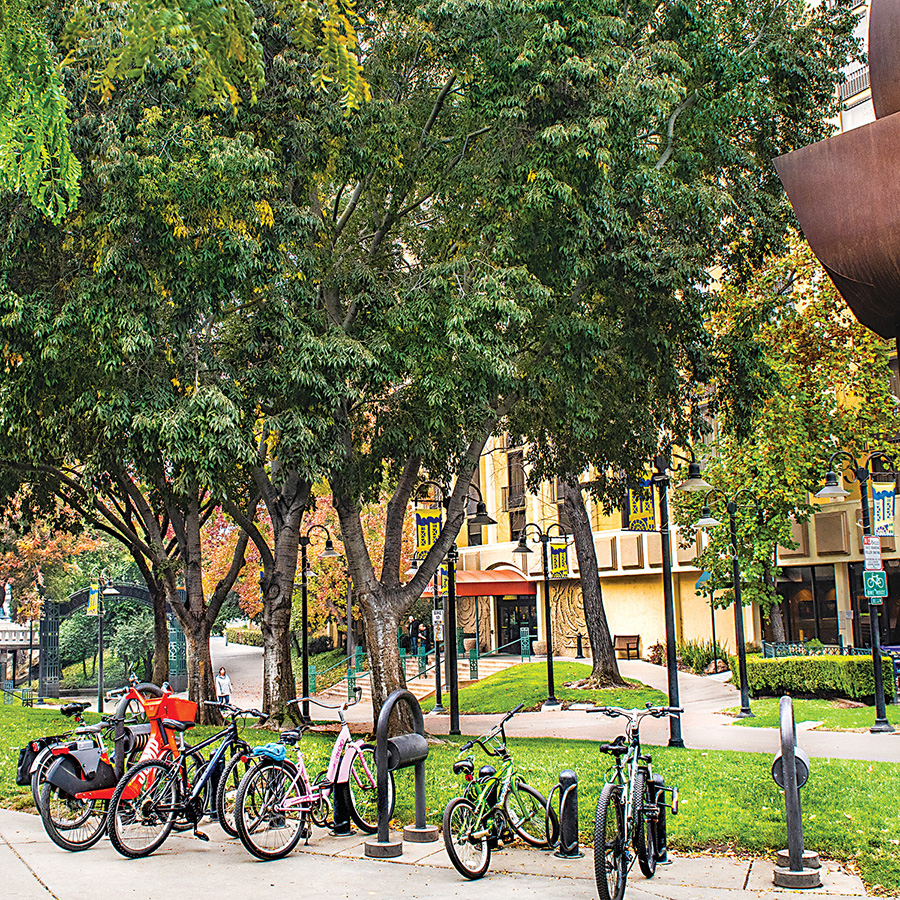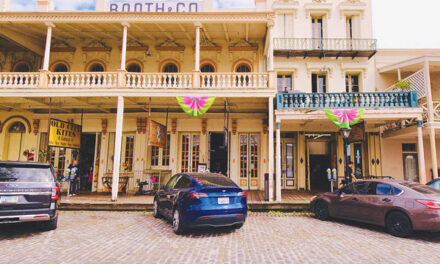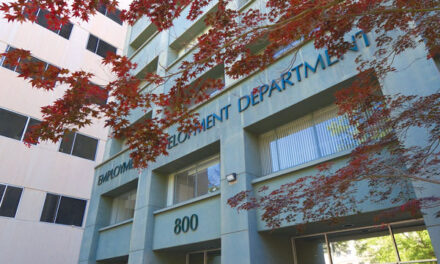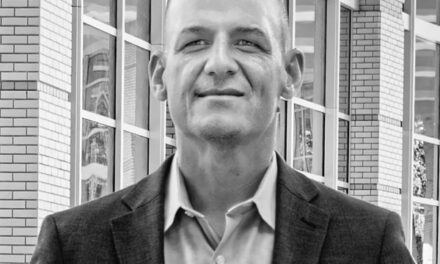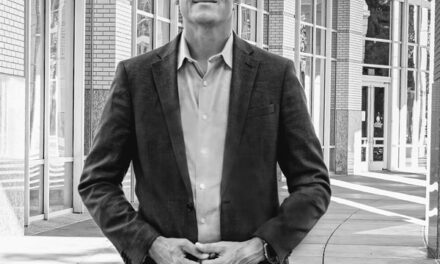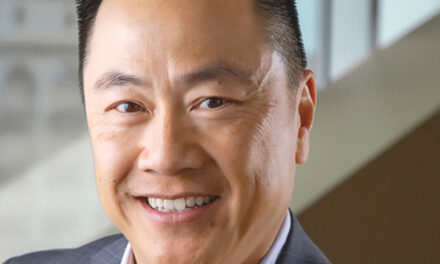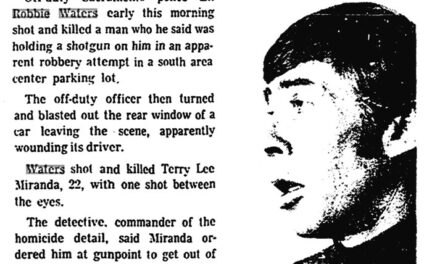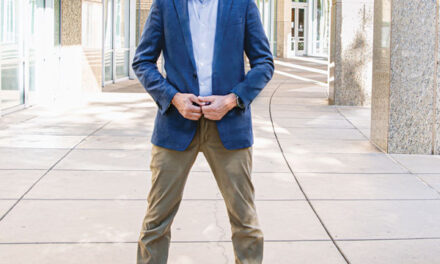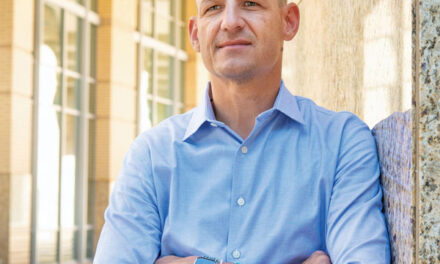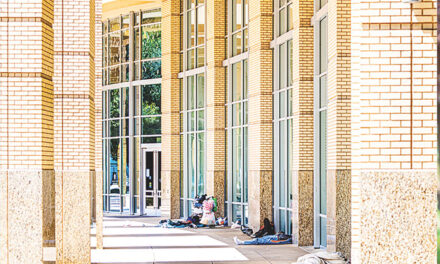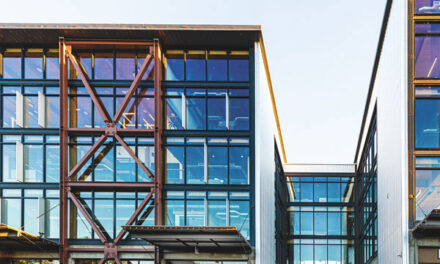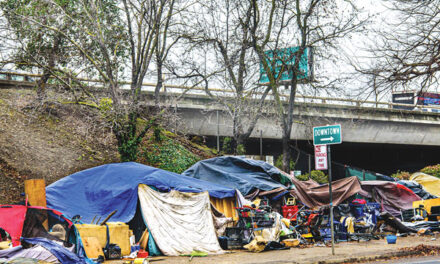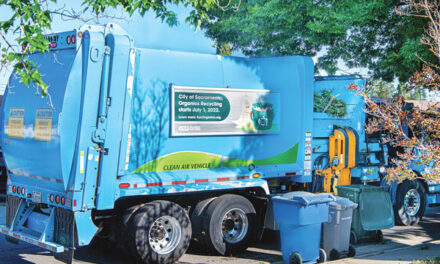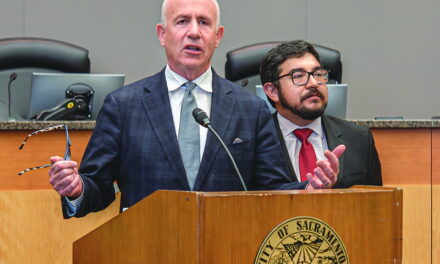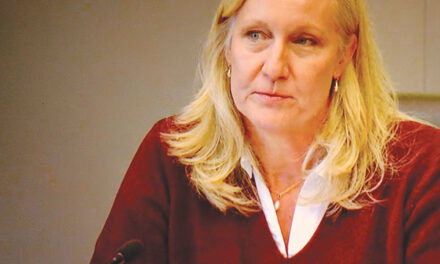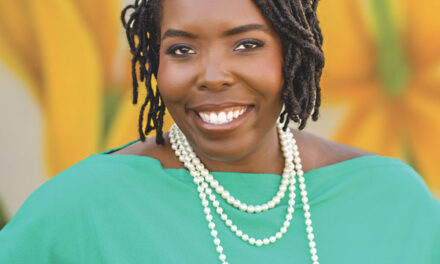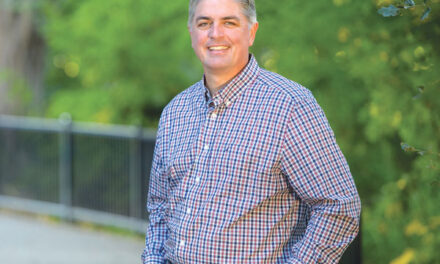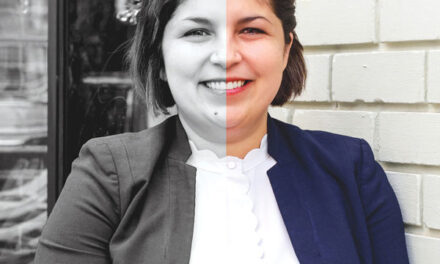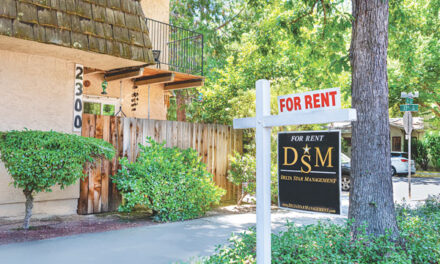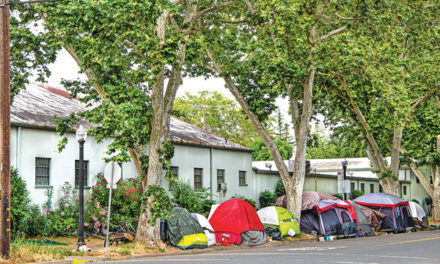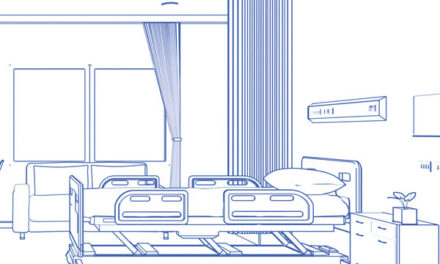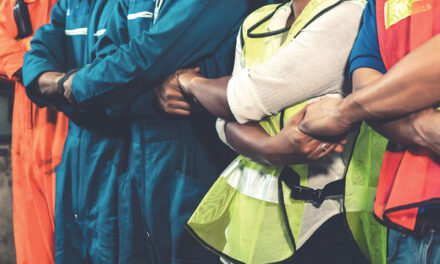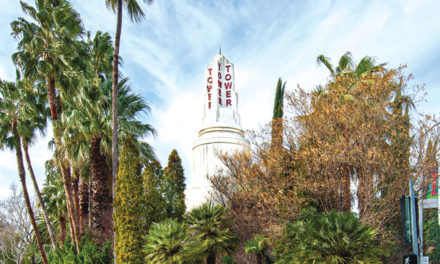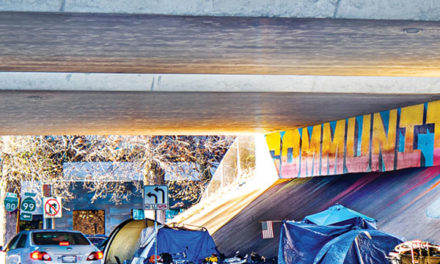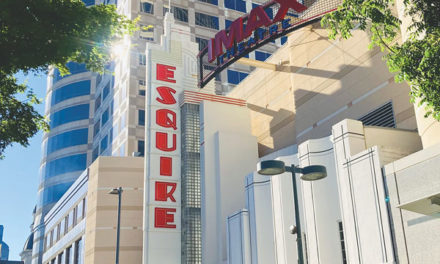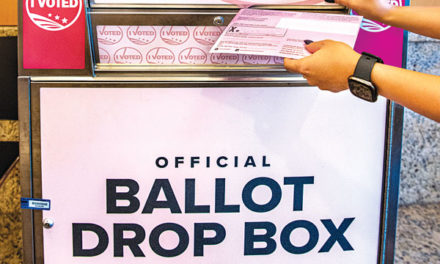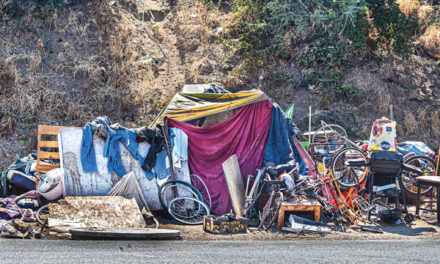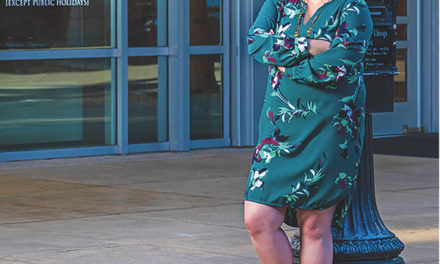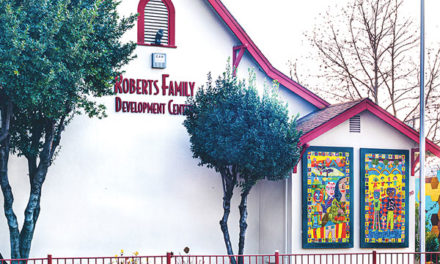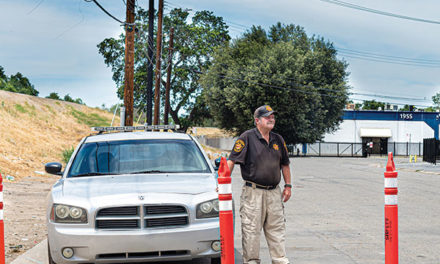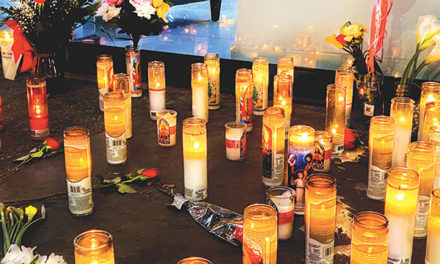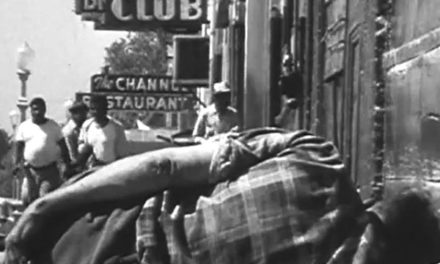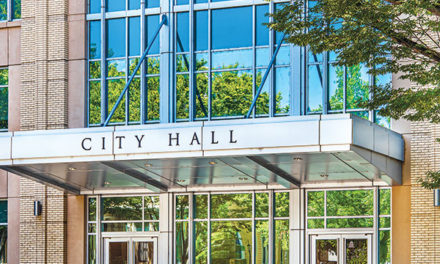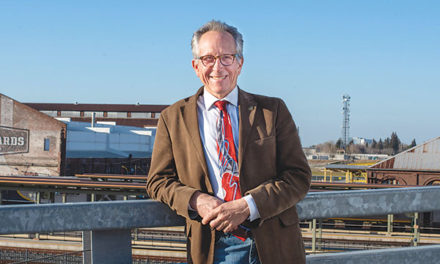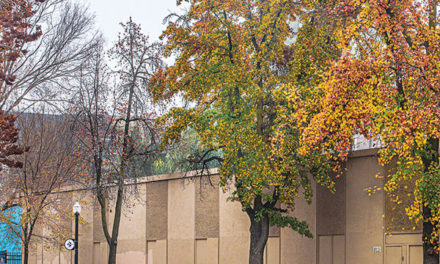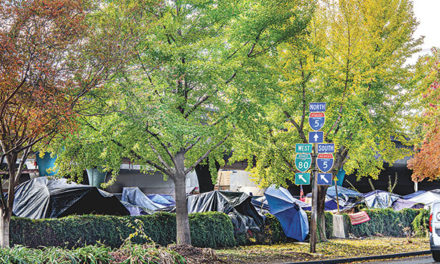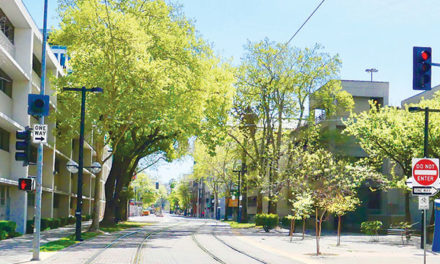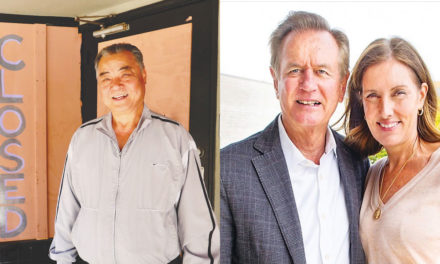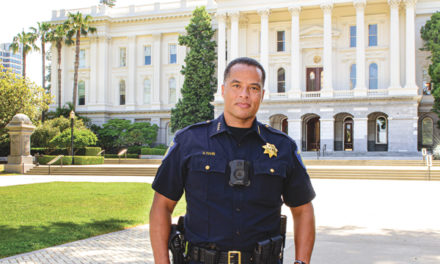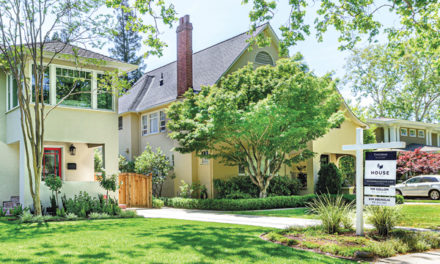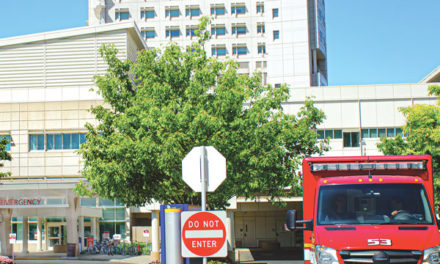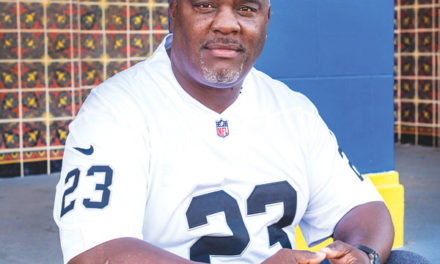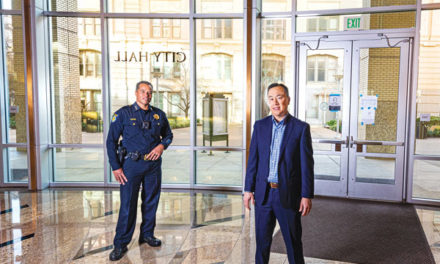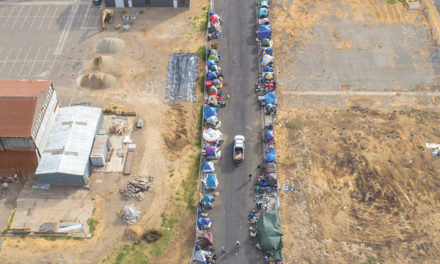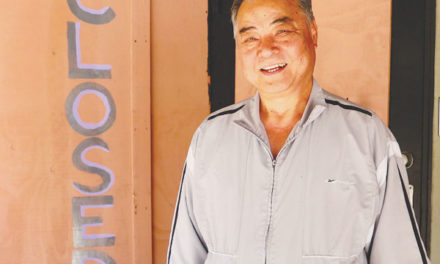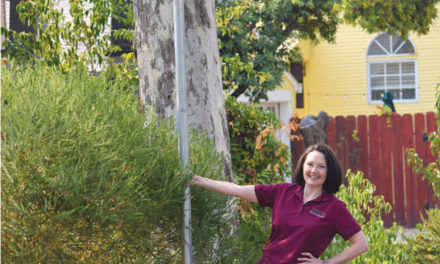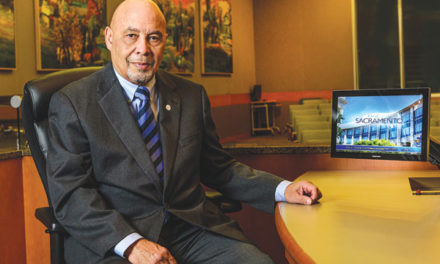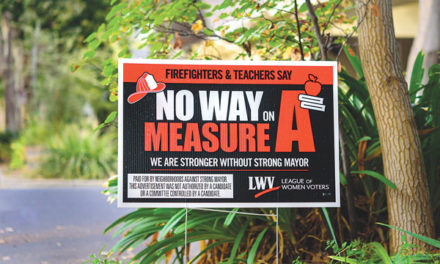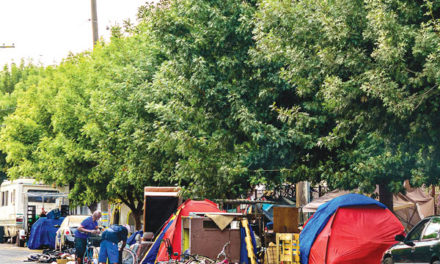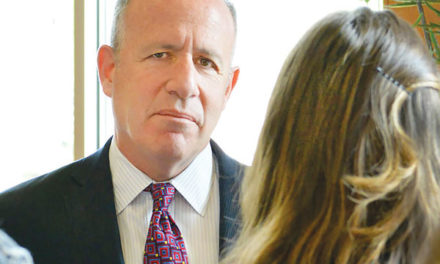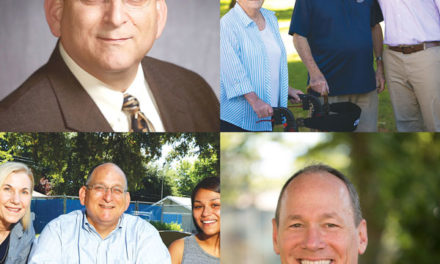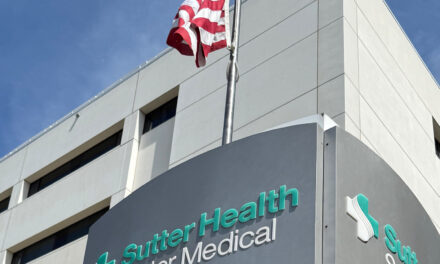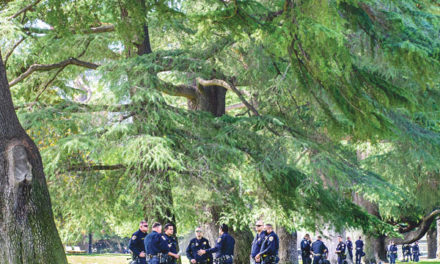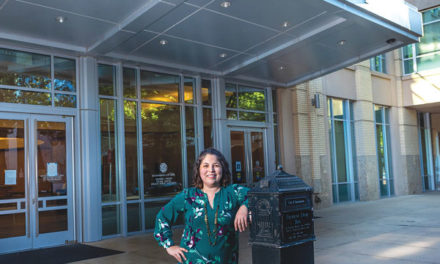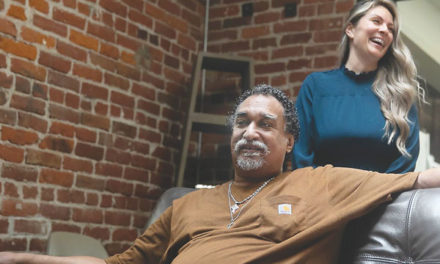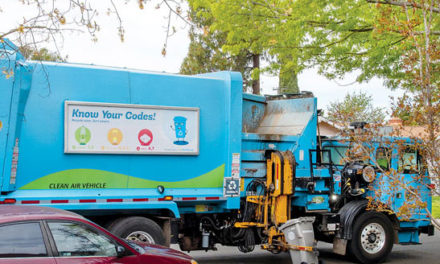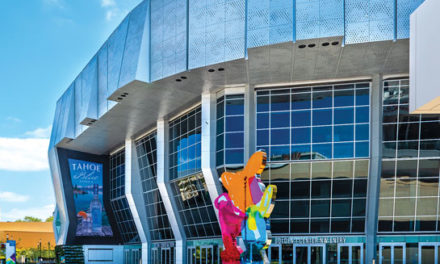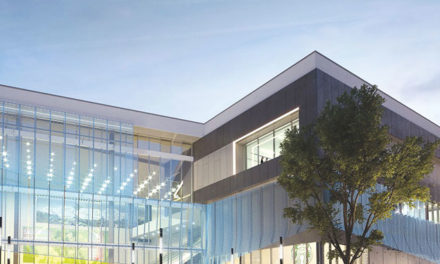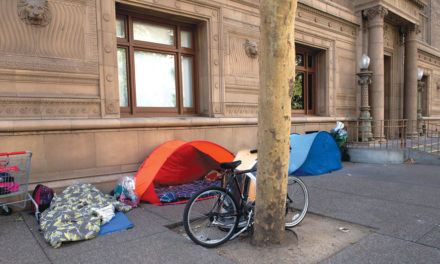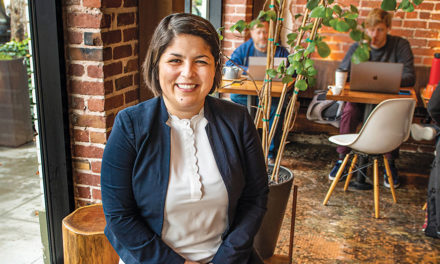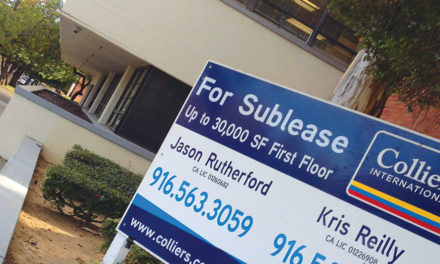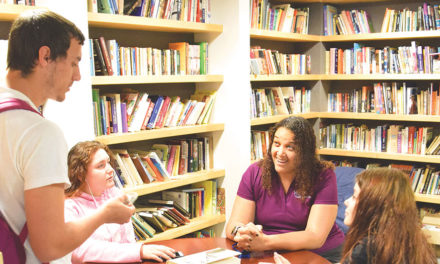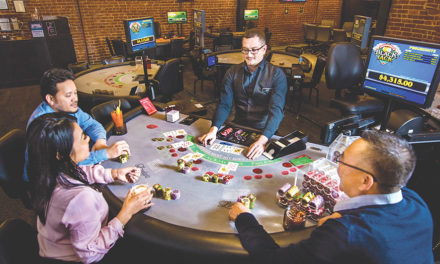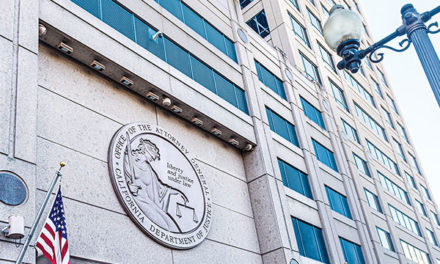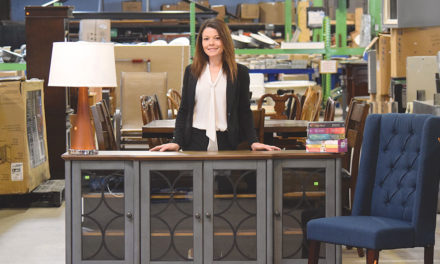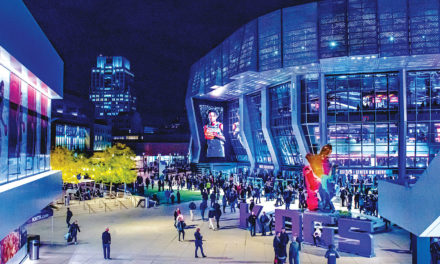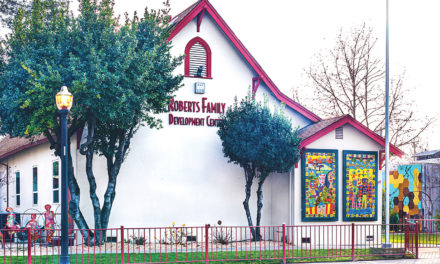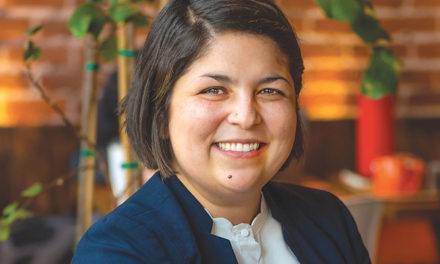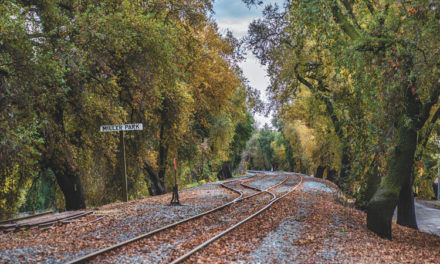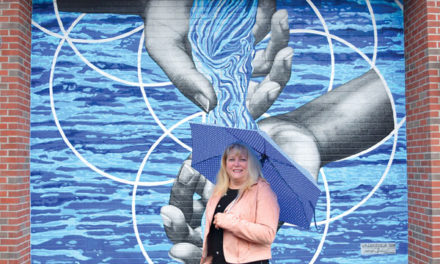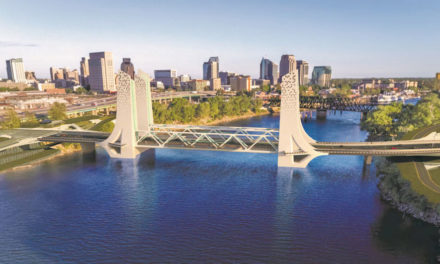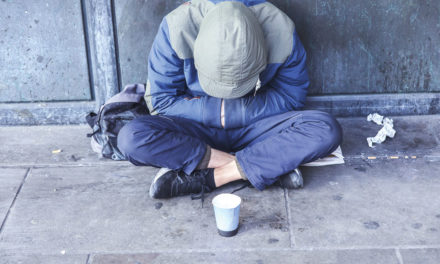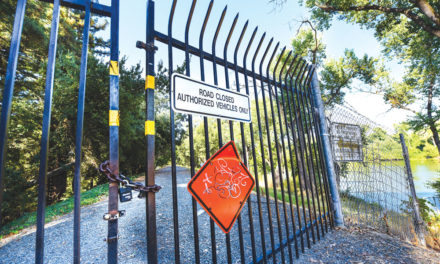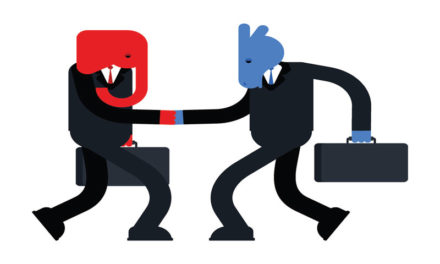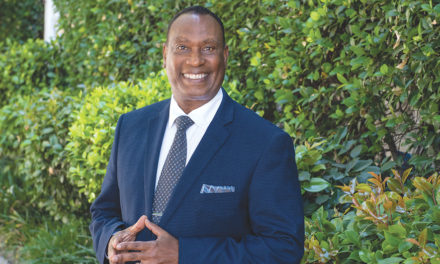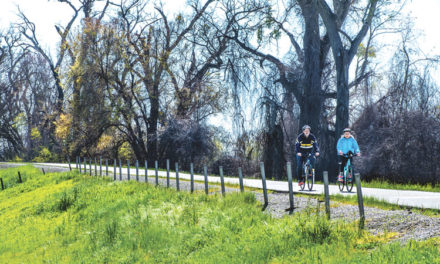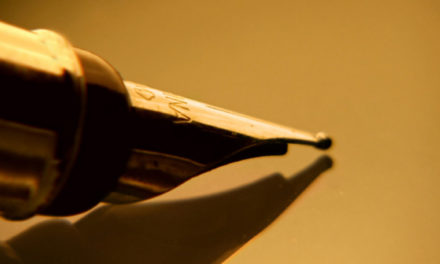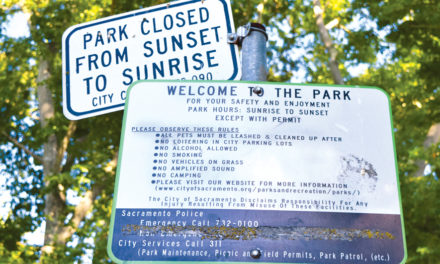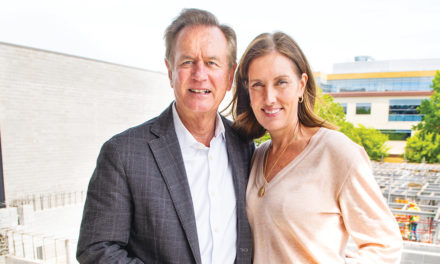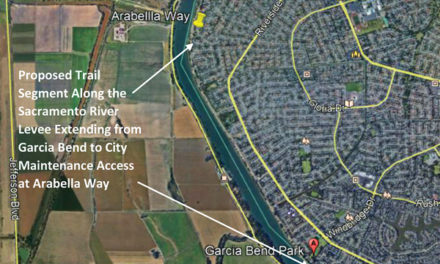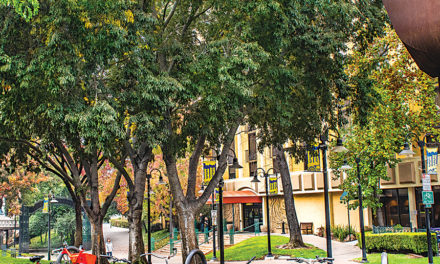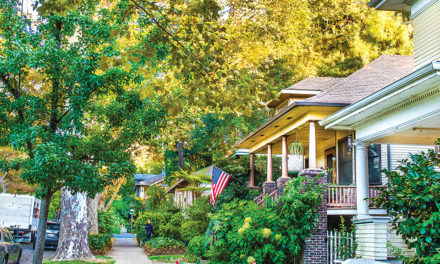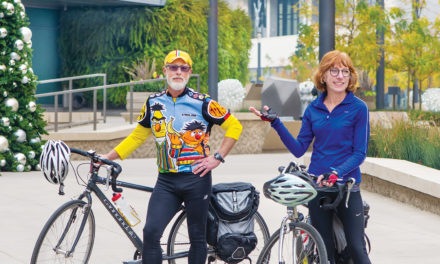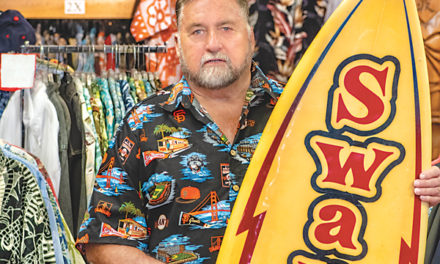Bikes Get Left Out
Loophole Lets Golden 1 Center Forget Cyclists
By R.E. Graswich
January 2019
For people interested in building barrooms, restaurants, bowling alleys, fraternity houses, hotels, motels, auto dealerships, poolhalls, retail shops, hospitals, nursing homes, batting cages, dog kennels, yoga studios, brewpubs, churches, theaters and cardrooms, Sacramento civic authorities publish a chart about bicycles.
The chart proves how serious Sacramento is about bikes. It leaves nothing to chance. It explains exactly how much bike parking is required for each type of building and business.
Bike spaces are broken into categories: long term for employees, short term for guests and customers. The requirements vary by neighborhood. Downtown demands more bike slots than suburban locations.
A bowling alley Downtown needs one bike space for every two bowling lanes. In the suburbs, they can get away with one space for every four lanes.
Assembly halls—defined as social and cultural gathering spots—must provide bike parking for 5 percent of their audience. At Golden 1 Center, which seats 17,608, the formula works out to 880 required bike spots. Yet the arena has posts for just 12 bikes at Fifth and L streets.
How could this happen in a city serious about getting people to ride bicycles?
Here’s how: The city doesn’t consider Golden 1 Center an assembly hall. It puts the arena in a category called “Other.” Under city code, “Other” gets to work out private deals with City Hall. Regular rules don’t apply to “Other.”
Special allowances for Golden 1 Center reveal a contradiction for a city that is justifiably proud of its efforts to promote cycling, walking and public transportation. For reasons both political and geographic, support for bikes evaporates at Downtown Commons.
Sadly, it’s nothing new.
For more than 60 years, the worship of cars brought destruction to lower K Street. Interstate 5 was installed along Third Street as an expressway for suburban traffic. It separated the city from the West End—the city’s original retail hub.
Two generations of shopping centers were built on lower K Street to compete with suburban malls and their vast, free parking. Both were bulldozed. The city is on its third K Street mall iteration, this one branded DoCo. Bike access at DoCo is treacherous and nearly impossible.
Having suffered from the mistake of trying duplicate suburban experiences Downtown, Sacramento tried to make good with Golden 1 Center. No new garages were built for the arena. Instead, the city inventoried existing parking—streets and lots. The public was assured there were plenty of spaces for cars.
Cyclists were left out in the cold.
The city didn’t want to discuss bike parking at the arena, and referred me to the Kings. The Kings pointed me to their 12 bike stalls at Fifth and L.
“The city realizes it has a problem,” says Jim Brown, executive director of Sacramento Area Bicycle Advocates. “The goal is more and more people in the grid, so something has to be done to accommodate them without relying on cars.”
While the city contemplates anti-auto accommodations Downtown, bikes ride alone.
R.E. Graswich can be reached at reg@graswich.com.



